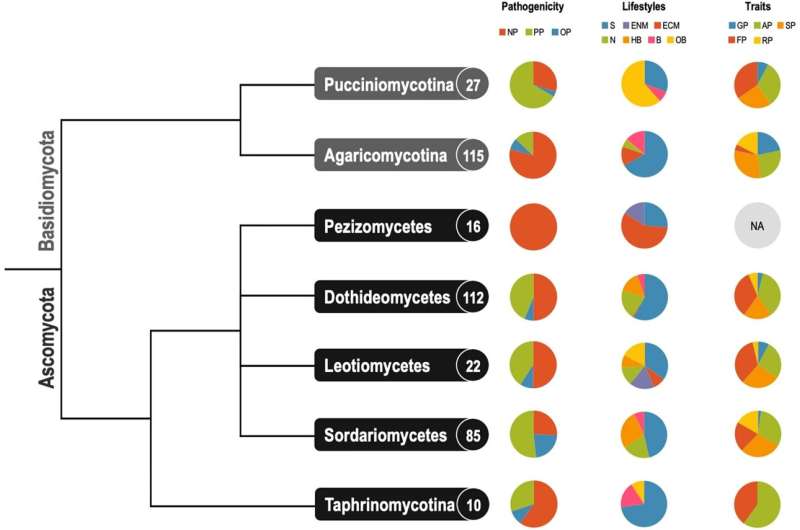This article has been reviewed according to Science X's editorial process and policies. Editors have highlighted the following attributes while ensuring the content's credibility:
fact-checked
trusted source
proofread
Can AI nip tree disease in the bud?

Global trade, tourism and other forms of human movement are accelerating the spread of tree and plant pathogens between continents. Dutch elm disease, first seen in Europe in 1910, was detected in Canada just four decades later. Since then, it has destroyed billions of elm trees in in North America and Europe.
Climate change compounds this problem. With droughts becoming more frequent and severe, trees have less resistance to disease—particularly infections from foreign regions to which they have no natural immunity.
What if we could detect emerging diseases at ports and borders before they have a chance to spread?
By using genomics and machine learning, UBC researchers have developed a method that can identify known tree pathogens, as well as assess the potential harm of a new, as-yet-unnamed fungus based solely on its genetic traits.
This process can be completed in as little as a few hours, in contrast to other sample-analysis techniques that can take days.
The researchers hope to validate the concept through future field tests and are enthusiastic about its potential. "With this predictive tool, we can help prevent potentially invasive plant pathogens from causing severe disease outbreaks and inflicting environmental and economic damage—both the pathogens we are familiar with and those we have yet to encounter," says study author Erika Dort, a Ph.D. candidate at UBC's faculty of forestry.
The research is published in the journal Scientific Reports.
More information: E. N. Dort et al, Large-scale genomic analyses with machine learning uncover predictive patterns associated with fungal phytopathogenic lifestyles and traits, Scientific Reports (2023). DOI: 10.1038/s41598-023-44005-w
Provided by University of British Columbia


















